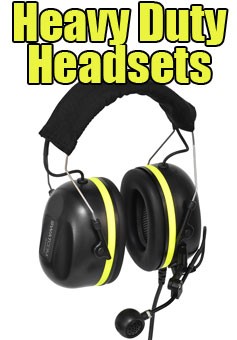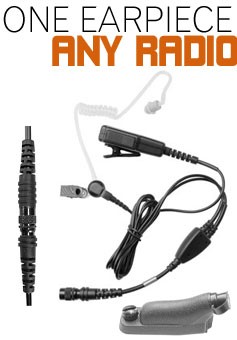
Airport environments are notoriously loud, with noise levels often surpassing safe limits, especially for those working in proximity to aircraft operations. Prolonged exposure to such high decibel environments can lead to significant hearing damage or even loss over time.
Hence, finding the best ear protection for airport workers is not just a matter of comfort but a critical component of health and safety practices.
This guide aims to explore the various options available for ear protection, focusing on effectiveness, comfort, and durability to ensure that airport workers are equipped with the necessary information to protect their hearing health effectively.
Background Noise
Airport environments are characterized by a relentless blend of sounds, from the thunderous takeoffs and landings of aircraft to the steady buzz of ground vehicles and the vibrant hustle of both passengers and staff.
This auditory backdrop is integral to airport operations, yet it doubles as a significant health hazard for its workforce. Continuous exposure to these elevated noise levels can culminate in a raft of health issues, such as irreversible hearing damage, heightened stress levels, and increased blood pressure.
Consequently, it is critical to recognize and address these risks through the implementation of effective ear protection measures, safeguarding the health and well-being of airport personnel. It is noteworthy that the average daytime ambient noise level inside an airport terminal stands at 66 decibels, underscoring the pervasive nature of noise in these settings.
Need for Hearing Protection in Airport Environments
In light of the hazardous noise levels present in airport surroundings, the need for hearing protection cannot be overstated. Federal and international health and safety regulations mandate the use of personal protective equipment (PPE) to shield workers from potential harm, underscoring the importance of ear protection.
Hearing protection devices (HPDs) like earmuffs and earplugs are vital in such environment. They serve not only to protect the delicate structures of the inner ear from damage but also to ensure that communication among airport staff is not compromised.
Importantly, the choice of hearing protection should take into consideration comfort, effectiveness, and the specific requirements of the worker's role without impeding situational awareness, which is critical for safety in these dynamic environments.
Regulations
Under the Noise at Work Regulations 2005, employers are required to assess the risk and provide information and training to workers at noise exposure levels of 80 dB(A), supply hearing protection and designate hearing protection zones at 85 dB(A) (daily or weekly average exposure), and ensure that, accounting for the reduction provided by hearing protection, workers are not exposed to levels above 87 dB(A).
How to choose the right level of protection?
To select the appropriate ear protection, it's essential to first ascertain your employees' daily or weekly noise exposure by measuring the noise levels of their tasks and the duration spent on each, utilizing tools like a daily noise exposure calculator.
For employees experiencing significant variances in daily noise exposure, calculating their weekly noise exposure might be more appropriate, requiring the use of a professional decibel meter for accurate noise level measurement. Subsequently, to ensure compliance with The Control of Noise at Work Regulations 2005, determining the needed single number rating (SNR) is crucial.
SNR levels indicate the protection offered by ear protection devices, with higher SNR levels signifying greater protection in noisy environments. Identifying the requisite SNRs is imperative for maintaining compliance at diverse noise levels.
Types of Ear Protection
1. Earplugs
Earplugs are a simple, yet effective, form of hearing protection that fit directly into the ear canal. They are lightweight, portable, and can be disposable or reusable. Custom-molded options offer a personalized fit for maximum protection.
2. Earmuffs
Earmuffs cover the entire outer ear and create a seal that reduces noise levels entering the ear. They are ideal for workers who require intermittent noise protection as they can be easily put on or taken off.
3. Electronic Noise-Cancelling Headphones
These headphones use active noise control technology to cancel out background noise. They are particularly suitable for airport workers who need to communicate or listen to important signals or announcements while being protected from harmful noise levels.
4. Uniform Attenuation Earplugs
Uniform attenuation earplugs are designed to reduce noise while preserving speech and signal recognition in the environment. They are an excellent choice for workers who need to maintain awareness of their surroundings.
5. Communication Headsets
These devices combine noise-cancelling features with communication capabilities, allowing workers to stay in contact with each other in noisy environments. This is crucial for teamwork and ensuring safety protocols are followed.

























